Thank you for participating in Vamos’s “journey” from afar today!
how are you doing today!?
I’m in very good shape!
Now, let me explain today’s trip.
Region
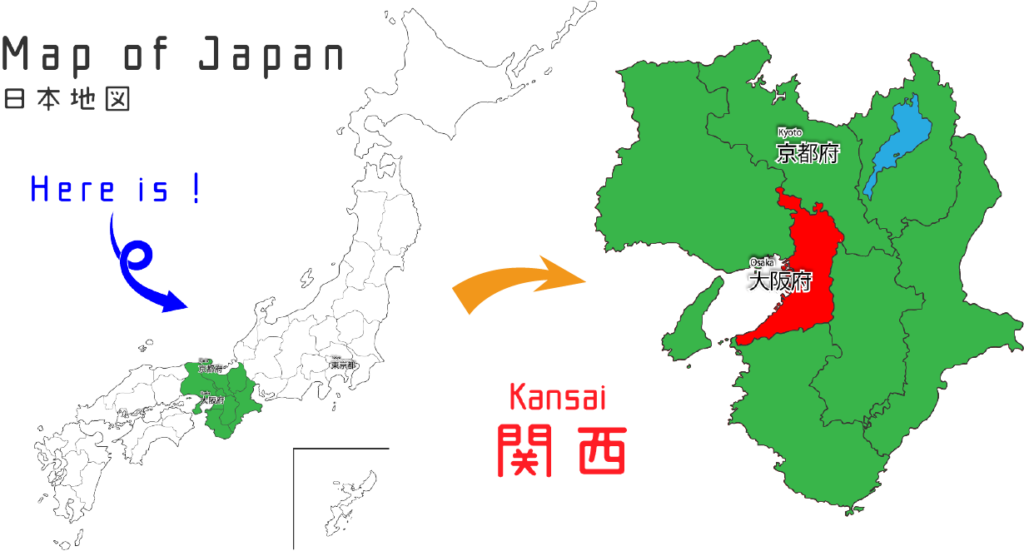
Looking at the map of Japan, I will go to this place today.
Itinerary
Day1
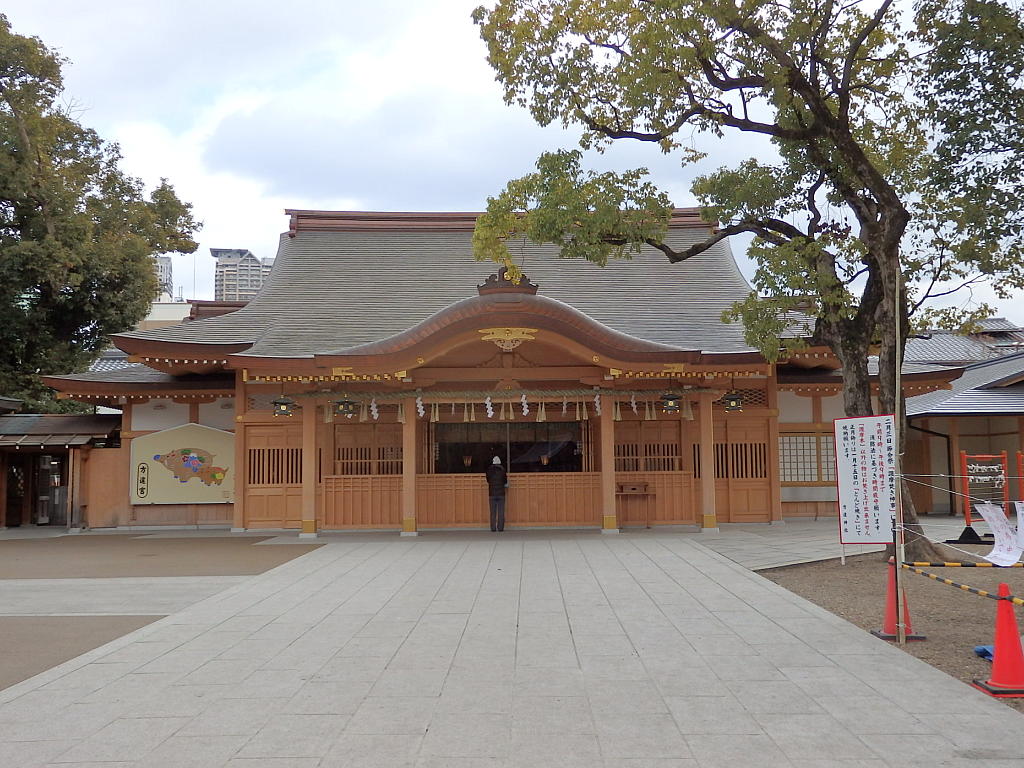
Hochigai Jinja
(方違神社:Hochigai Shrine)
Let’s pray at the beginning of the trip!
⇩
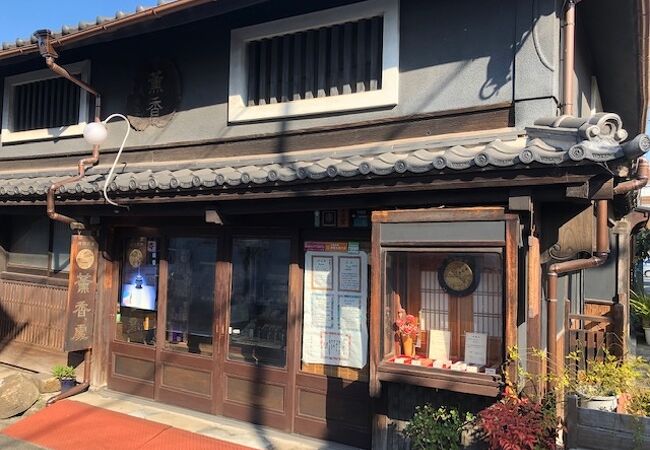
Kunsyudo
(薫主堂)
Let’s feel Japan with the scent!
⇩
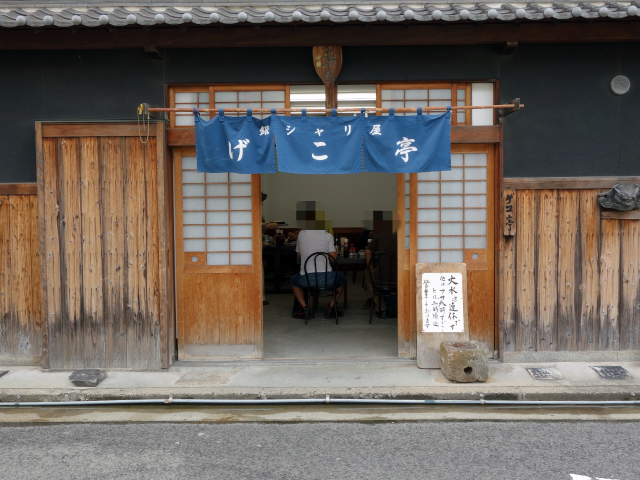
Gekotei
(ゲコ亭)
Lunch
⇩
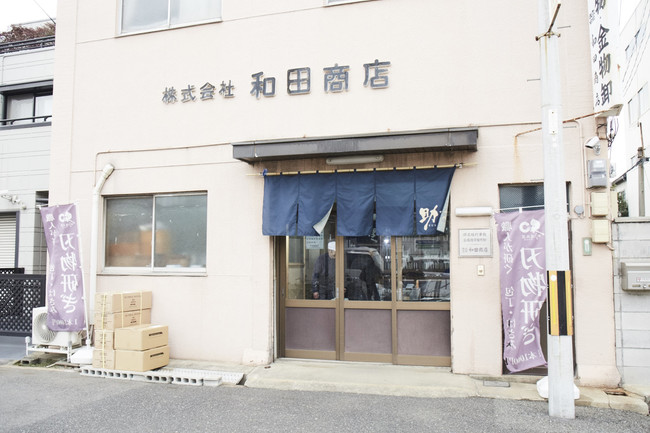
Wada Shoten
(和田商店)
Let’s experience making kitchen knives!
⇩
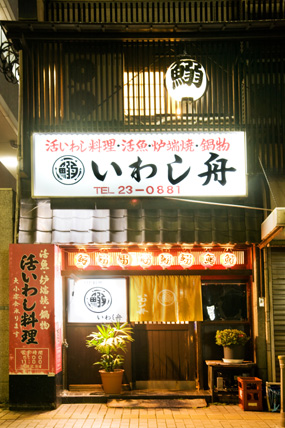
Iwashi Bune
(いわし舟:Iwashi Boat)
Dinner
Day2

Jitensha Hakubutsukan Cycle Center
(自転車博物館サイクルセンター:Bicycle Museum Cycle Center)
Experience Japan by bicycle!
⇩

Tonkatsu Tachibana
(とんかつ立花)
Lunch
⇩
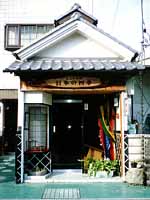
Takagi Koi Nobori
(高儀こいのぼり:Carp Streamer)
Let’s see Japan’s craftsmanship!
⇩
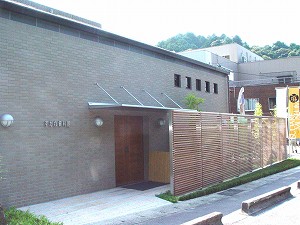
Sudare Shiryokan
(すだれ資料館:Sudare Museum)
See summer tradition!
The above is this itinerary.
Let’s enjoy a trip to the city of Sakai for two days this time!
DAY1
Hochigai Jinja(方違神社)
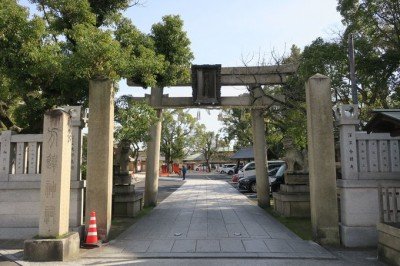
First of all, let’s pray for the best trip here!
It is said to be the god of disaster prevention, but a long time ago, a pandemic broke out in this area and many people died.
At that time, when Susanoo-no-Otoko was enshrined, the plague stopped and it became a good harvest, which is said to be the origin of Hochigai Shrine.
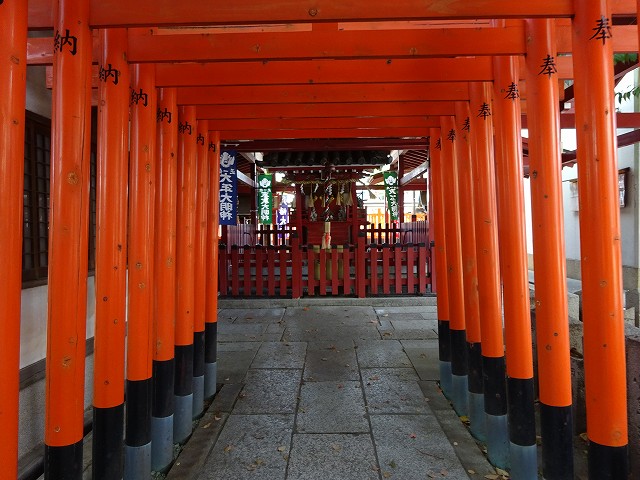
Over time, it prospered as a key point for people and horses to come and go during the Nara period, and since it was a transit point for Kumanosanzan during the Heian period, people began to worship and pray for the safety of their trips.
Later, as a guardian deity of the ward, it is widely and deeply revered with the god of removing all the misfortunes derived from the direction, the geography, the family, the day, the bad year, etc. and bringing happiness.
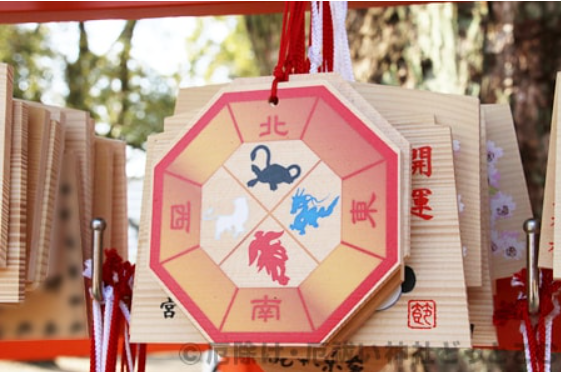
Since then, it has spread to the world as a god of disaster prevention, protecting oneself from the disaster of the direction and leading to “Yoshikata”.
Kunsyudo(薫主堂)
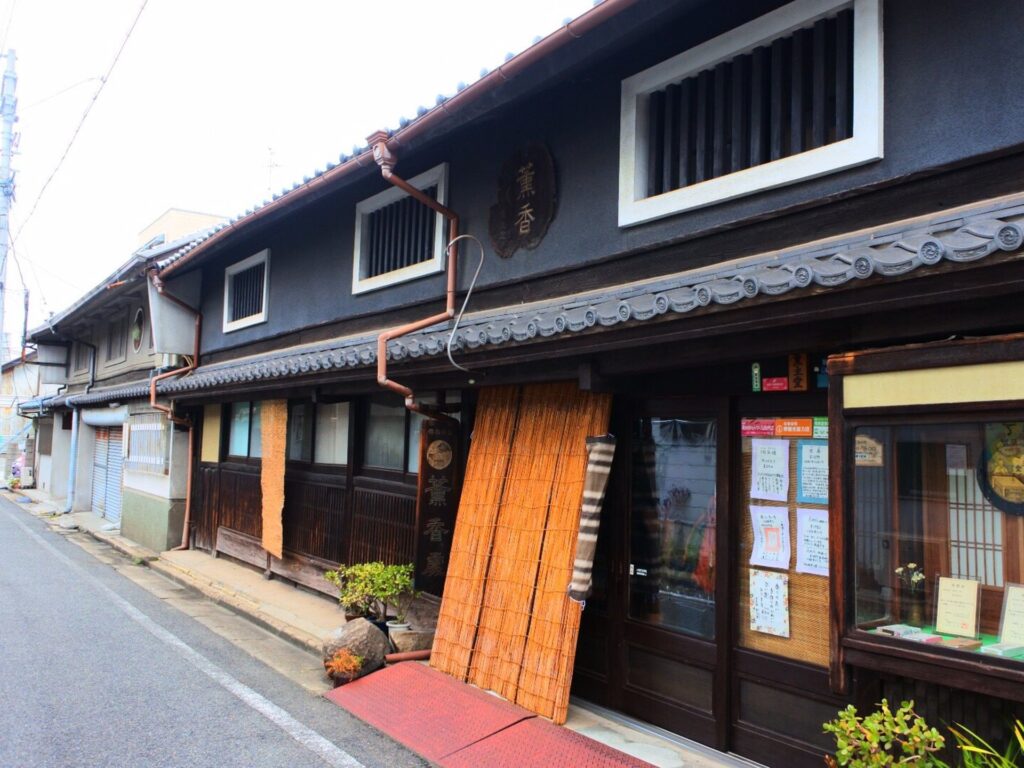
Next is a workshop that was founded in 1887 and has a history of more than 100 years.
Smoke also played an important role in the need for fire in human life.
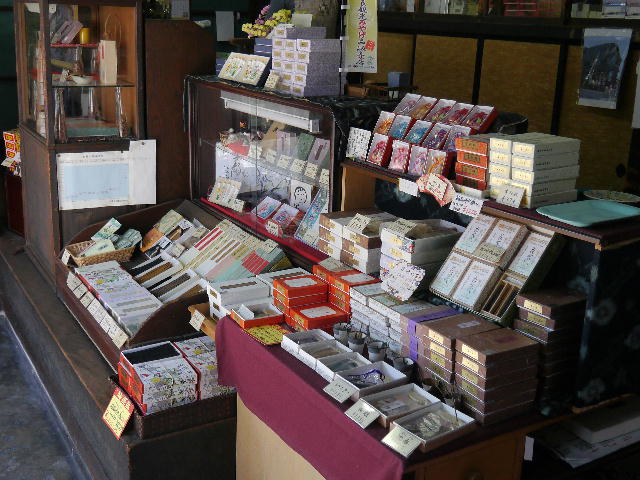
Not only was it used for smoking to make preserved foods, but it was also a means of communication.
When the scent was generated using fire, it was found that people gathered, and the scent helped to change the mood.
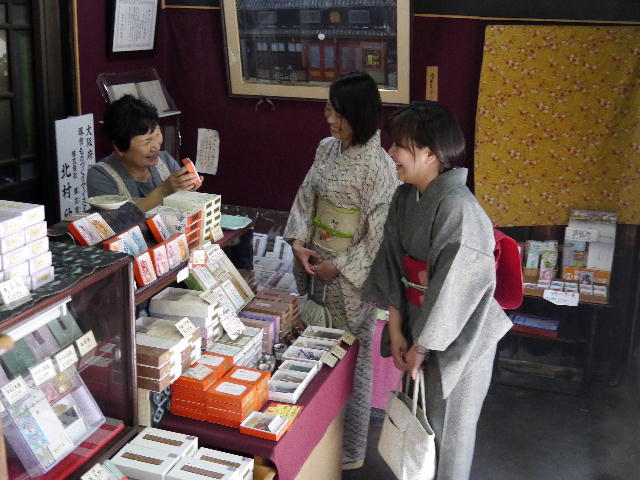
In the Orient, when making a scent, it is easy to use all the plant fibers as they are.
We have traditionally made the fun of the fluctuation of the scent caused by that.
Gekotei(ゲコ亭)
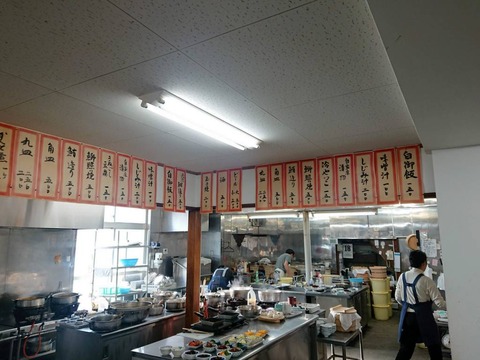
Let’s have lunch.
This is a cafeteria run by Mr. Murashima, a rice-cooking hermit who concentrated all his nerves until the white rice was transferred to the bowl.
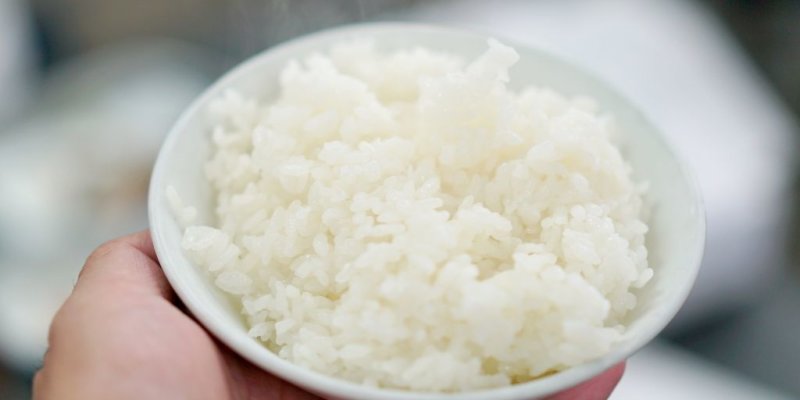
Mr. Murashima, the owner of Gekotei, has been devoting himself to cooking rice for over 50 years since it was founded in 1963.
The white rice here is excellent.
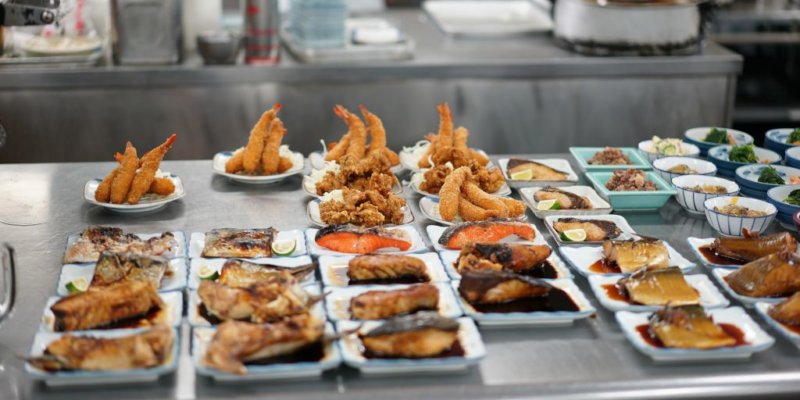
He is also a hermit who has no shortage of topics, such as professional cooks visiting for Mr. Murashima’s rice and being invited by the Chinese government as his reputation spreads in China.
Wada Shoten(和田商店)
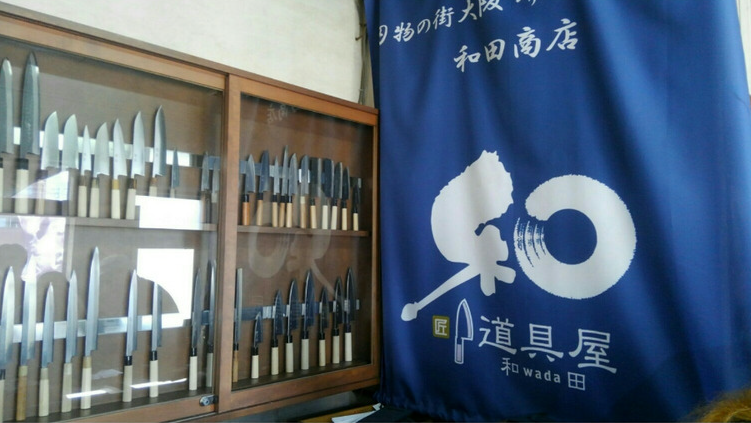
I think I’m getting a little sleepy after lunch, but let’s enjoy the afternoon session!
About 150 years since its founding, it has continued to grow with Sakai knives in this town of Sakai.
If you trace the origin of Japanese knives, you will reach the most famous tomb of Emperor Nintoku (a world heritage site) in the city of Sakai.
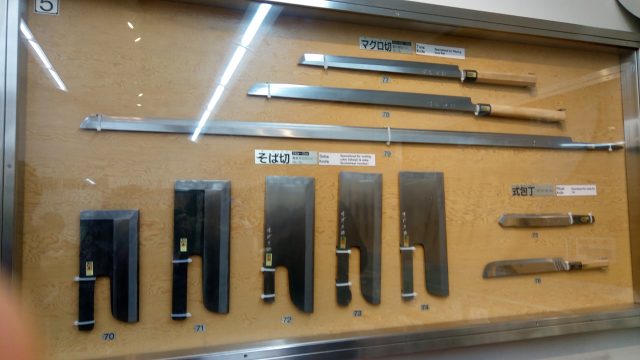
Construction of the Nintoku Emperor’s Mausoleum began in 379 in the city of Sakai due to measures such as unemployment measures and water control measures for soldiers who returned after the war with foreign countries.
At that time, in order to make hoe, plow, etc. used by these people, blacksmiths were called from all over the country, and it is thought that the beginning of the town of blacksmiths was that their descendants remained in Sakai.
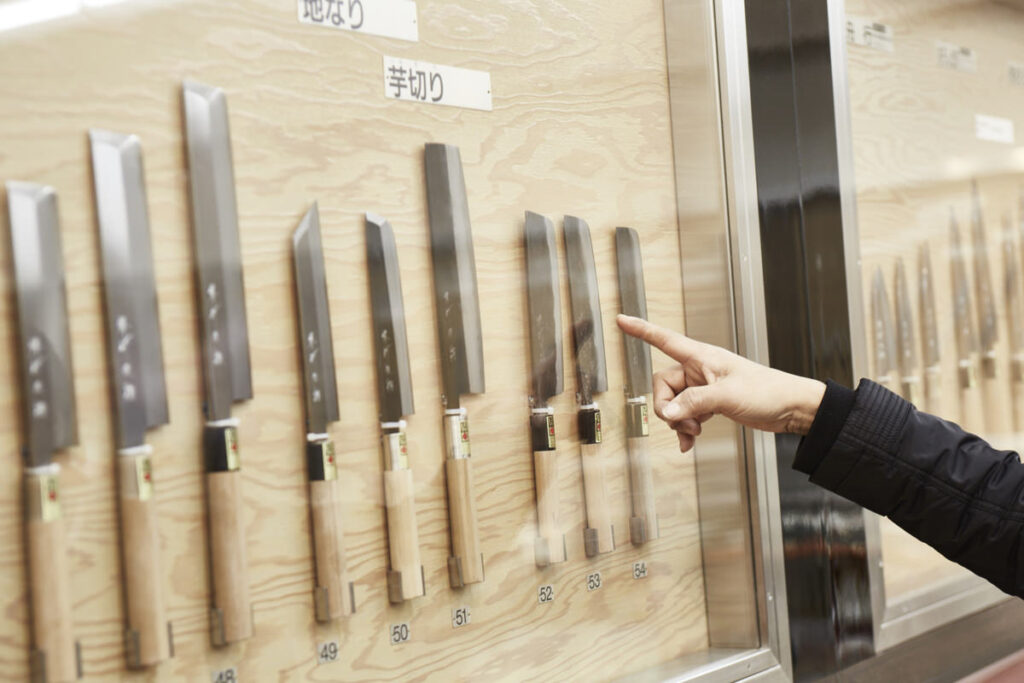
After that, in the Middle Ages, “tobacco” was introduced as one of the foreign cultures.
Tobacco was initially sold as a medicine and it seems to have been very popular.
As a result, the demand for knives that cut cigarettes increased at once, and Sakai knives with good sharpness sold well.
・ Current status of Sakai cutlery
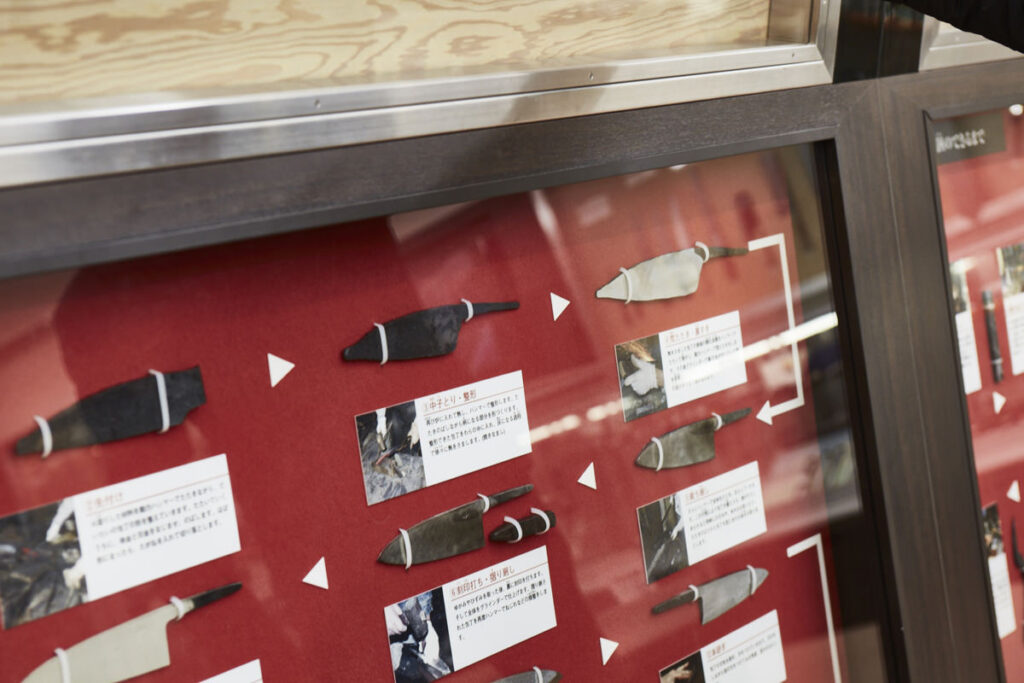
The production of kitchen knives in Sakai has fallen compared to one period.
It’s not that Sakai’s technology was bad and I was depressed.
On the contrary, the main reason is that various technologies have advanced.
For example, pelagic fisheries such as tuna fishing boats.
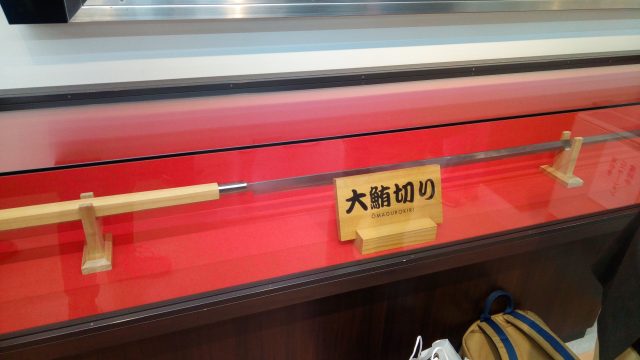
When going out to the pelagic fishery, everyone seems to have loaded more than 100 Sakai knives and went out.
This is because the ship at that time had an underdeveloped freezing technology, so even a single tuna could not be taken home unless it was shredded.
Nowadays, the equipment for freezing and storing tuna onboard has been developed, so it is no longer necessary to shred it with a kitchen knife. Deba knives of about 6 or 7 inches for cutting tuna and small fish are no longer loaded on the ship.
Now, after taking it home, it can be cut with an electric saw.
Here you can experience making kitchen knives.
Let’s make only one kitchen knife in the world!
Iwashi Bune(いわし舟)
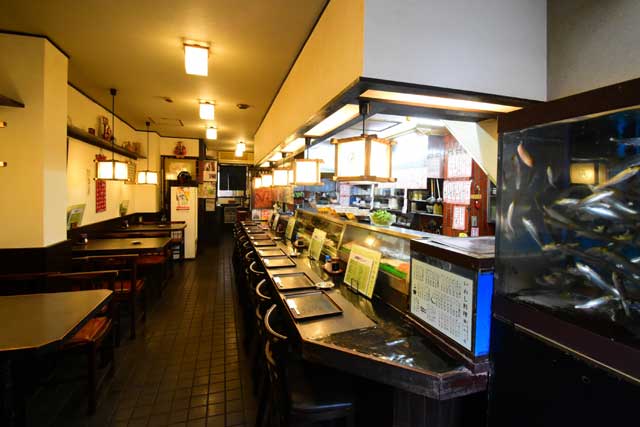
Let’s conclude today with a very delicate fish dish!
A restaurant specializing in sardine dishes that has been around for 50 years
A rare house where you can enjoy living “sardines”.
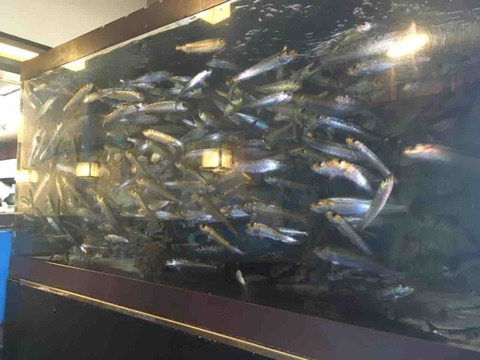
There are about 40 kinds of sardine dishes, and a variety of other seafood dishes are available, so even beginners can enjoy it.
We use a special method to grow the tough eagle that was caught in the Kuroshio Current without using a net, and then carry it with seawater by car.
Sardines are literally weak fish, which can be scaly and bleed to death by just touching them.
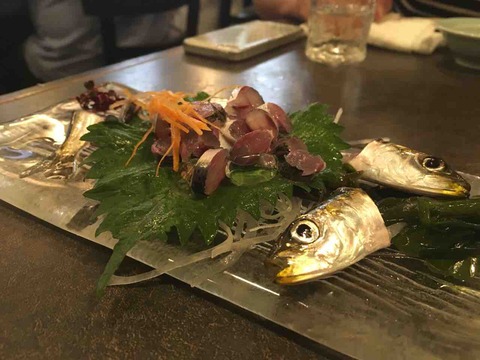
Moreover, with the normal fish method, you will die just by getting caught in the net.
We are particular about taking it alive, carrying it alive, and delivering it to our customers alive.
Please enjoy it!
Day2
Good morning!
Did you get a good night’s sleep last night?
Maybe I was so excited that I couldn’t sleep yesterday or today!
Let’s start the second day’s journey.
Jitensya Hakubutsukan Cycle Center(自転車博物館サイクルセンター)

Shimano is the only bicycle museum in Japan.
Let’s go cycling with the changing history of Japan and its bicycle!
By the way, Osaka is the area with the most bicycle traffic in Japan.
The museum was opened in April 1992 by Shimano, a bicycle parts manufacturer.
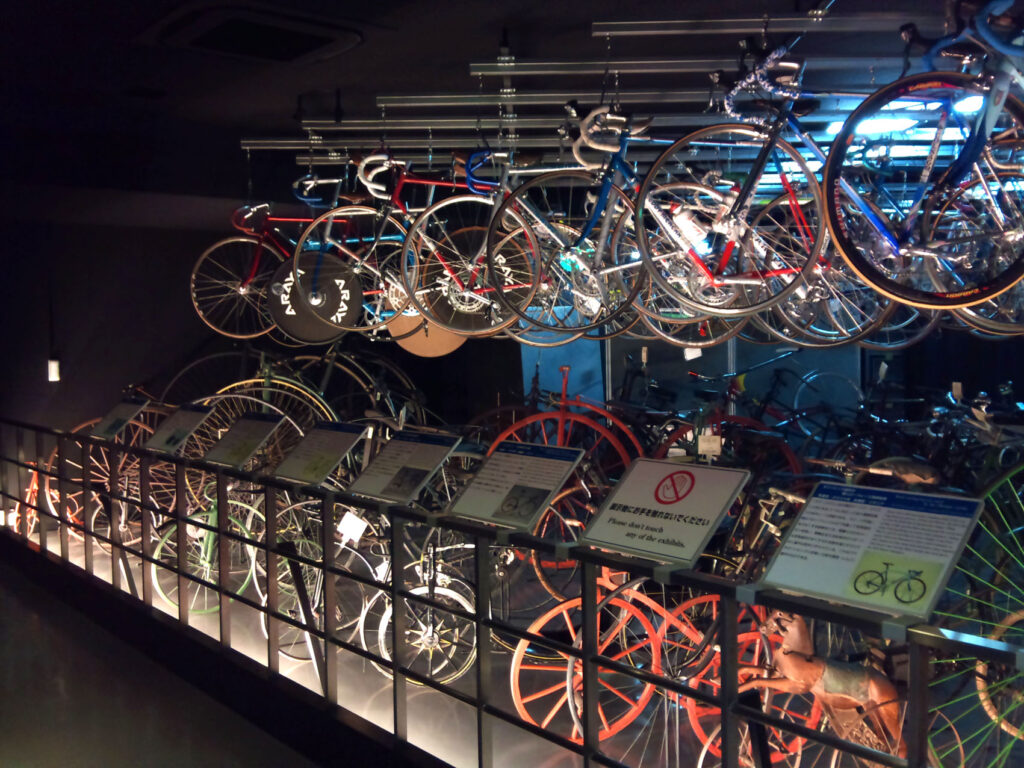
It is the only registered bicycle museum in Japan that opened in Sakai City, Osaka Prefecture.
Introducing Sakai’s bicycle industry, which has developed based on the techniques and traditions of gunsmithing, and the history of the birth and development of bicycles through videos and actual vehicle exhibits.
We are disseminating its appeal and culture through exhibitions where you can experience the mechanism of bicycles, hands-on classrooms for children and adults, lectures, and cycling projects.
Let’s actually ride a bicycle around the city of Sakai!
Tonkatsu Tachibana(とんかつ立花)
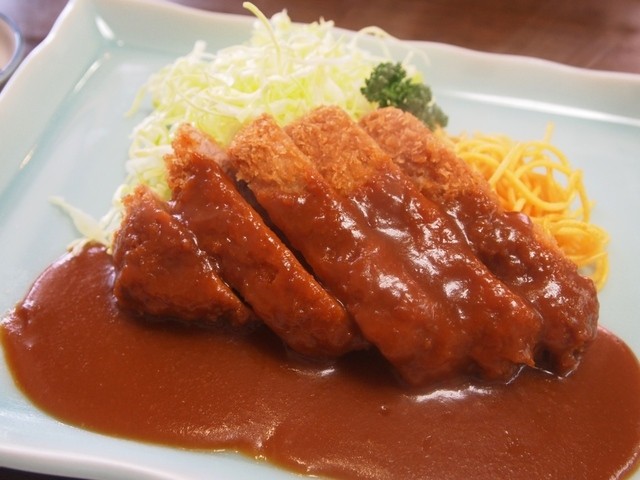
After a paragraph, let’s have lunch.
Tonkatsu Tachibana is a famous Tonkatsu restaurant that is highly favored by locals in Sakai, Osaka.
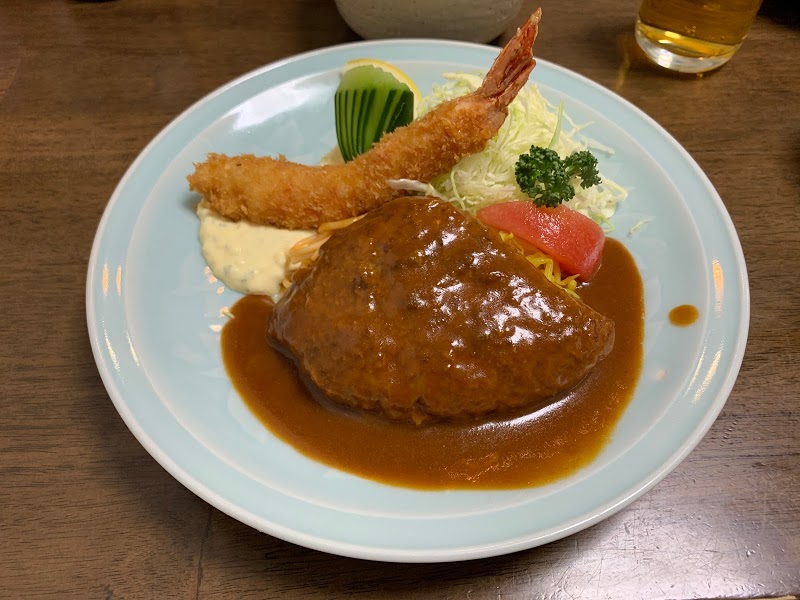
At lunchtime, the hearty curry is very popular, and in search of the power to work hard in the afternoon, the number of visitors is so large that nearby office workers and others are full.
In addition to pork dishes, chicken dishes and shrimp dishes are also talked about as delicious, and you can enjoy various menus.
Takagi Koi Nobori(高儀こいのぼり)
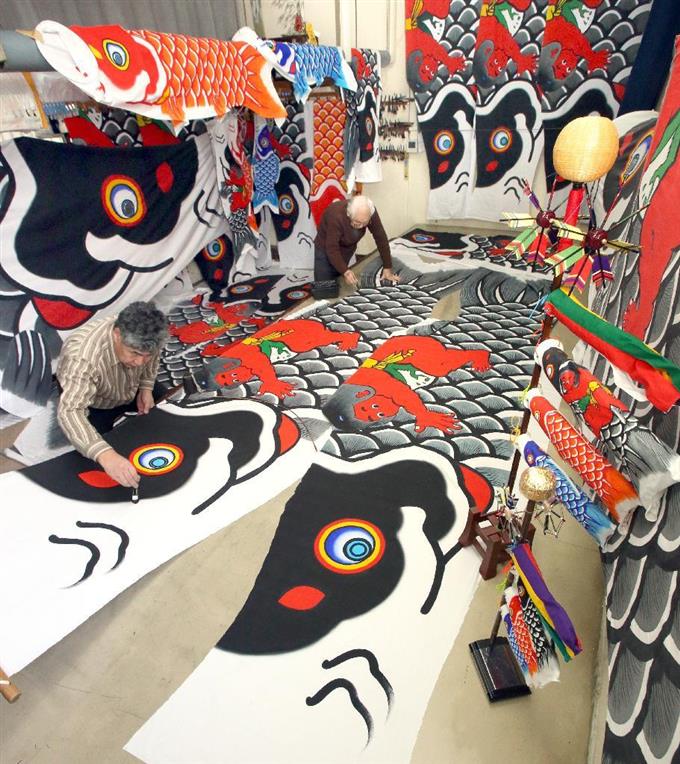
There are only 4.5 houses in Japan, and it is the only workshop in Osaka that makes koinobori by hand.
Do you know when to raise Koinobori?
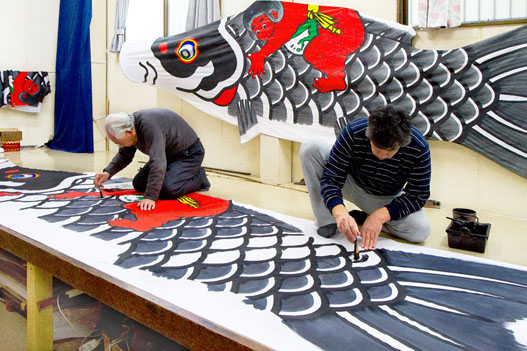
The correct answer is a streamer made in the shape of a carp to be displayed in the garden of the home in hopes of the healthy growth of boys during Children’s Day (May 5th is Children’s Day), which began in the samurai family during the Edo period.
In the early Meiji era, Takagi’s first “Takada Gisaburo”, who was a toy maker, was inspired by the paper carp he saw in Nagoya on his way home from Ise and had a squid (Japanese kite) craftsman make paper carp. It is said that it became very popular.
Sudare Shiryokan(すだれ資料館)
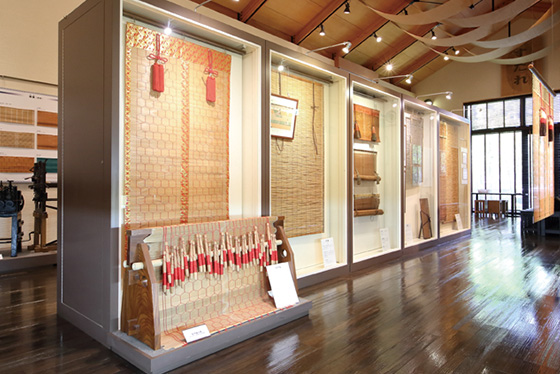
Finally, let’s take a look at the history of bamboo blinds!
The bamboo blinds are hung outside the windows or on the eaves, and are used for sunshades, blindfolds, insect repellents, and so on.
It is also a summer tradition.
There is a tanka in “Manyoshu” that describes how the bamboo blinds move in the autumn wind [2], and the history of the bamboo blinds goes back to at least the Nara period.
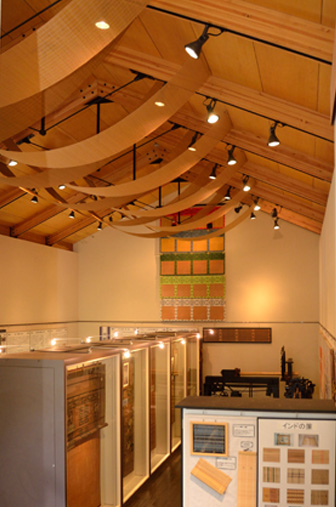
Osaka Kongo is a bamboo product produced in Tondabayashi City, Kawachinagano City, and Osaka City in Osaka Prefecture.
The production area was formed by the active production of high-quality bamboo blinds using the highest mountain in Osaka, Mt. Kongo, and the bamboo that grows naturally at the foot of the Katsuragi mountain range.
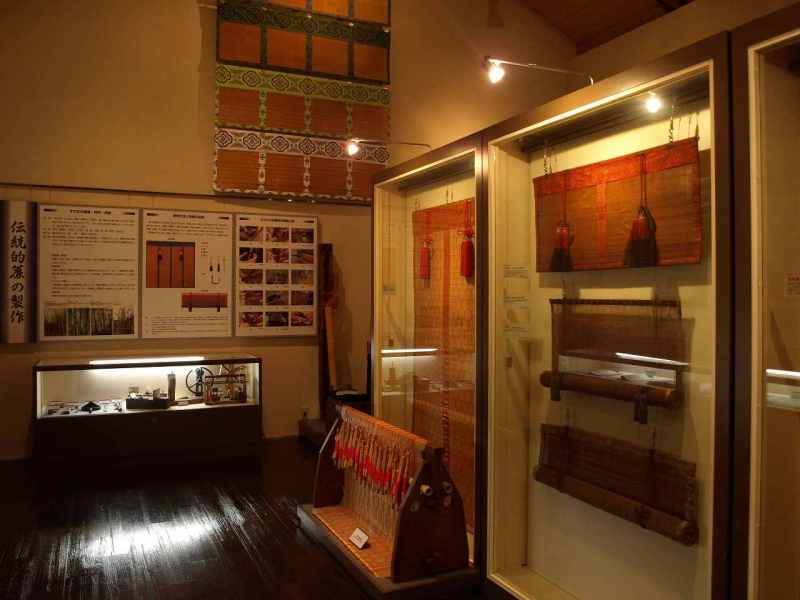
The elegant and elegant bamboo blinds made from natural bamboo are used as upholstery and have a gentle beauty with a Japanese atmosphere.
In modern architectural design, it continues to make a leap forward as a prestigious interior product.
How was your trip this time?
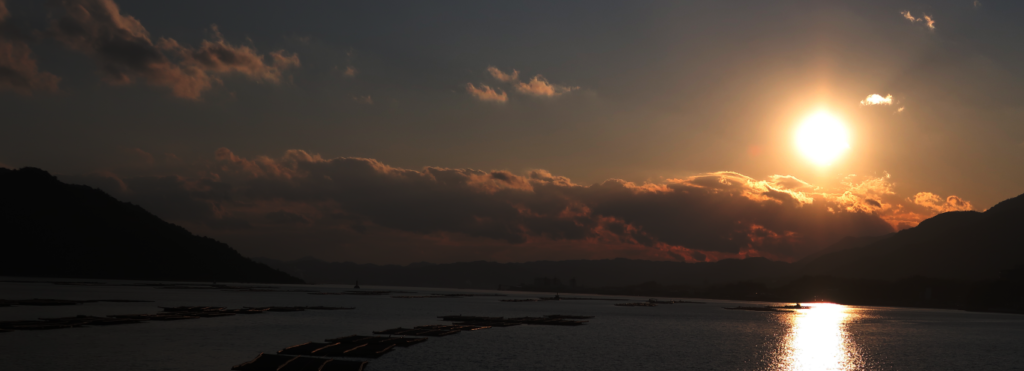
How was your trip this time?
I briefly introduced what it is like, but I think that you will be able to experience history and tradition more concretely when you actually come to the site.
We look forward to guiding you in Japan!
Thank you for reading to the end!
Also, I would like to post an interesting part of Kansai.
Then, have a good trip from now on!!
PS. We provide various information about Kansai in Japan, so please feel free to contact us if you would like to directly observe and experience Japanese traditional culture and food culture!
The content of the homepage is limited to Nara Prefecture, but if there is a place you would like to visit, please contact us and we will guide you!
Let’s find your own happiness together!!
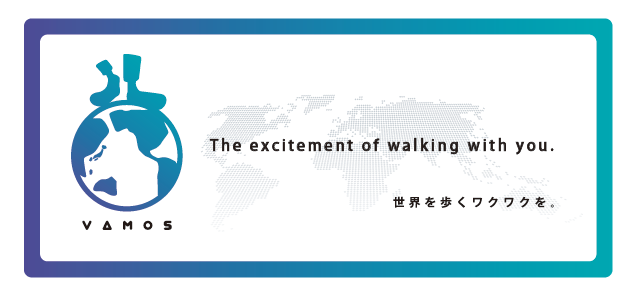
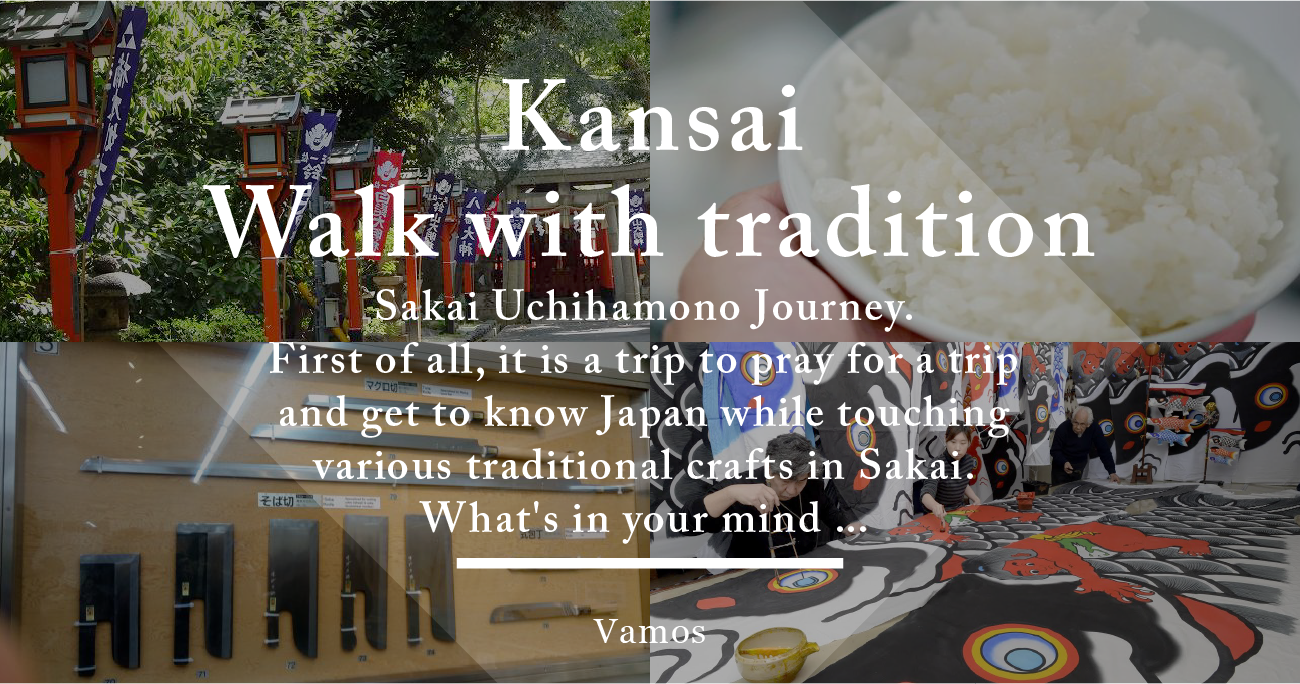


コメント